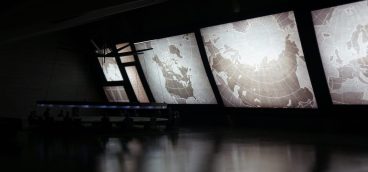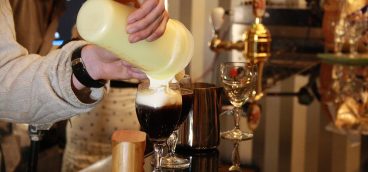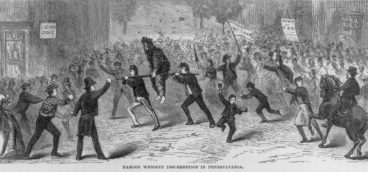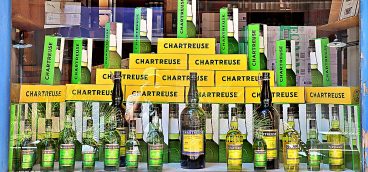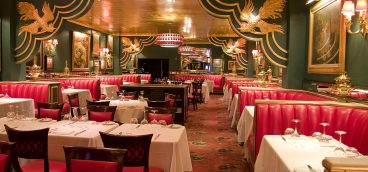How Not to Be the College Guide
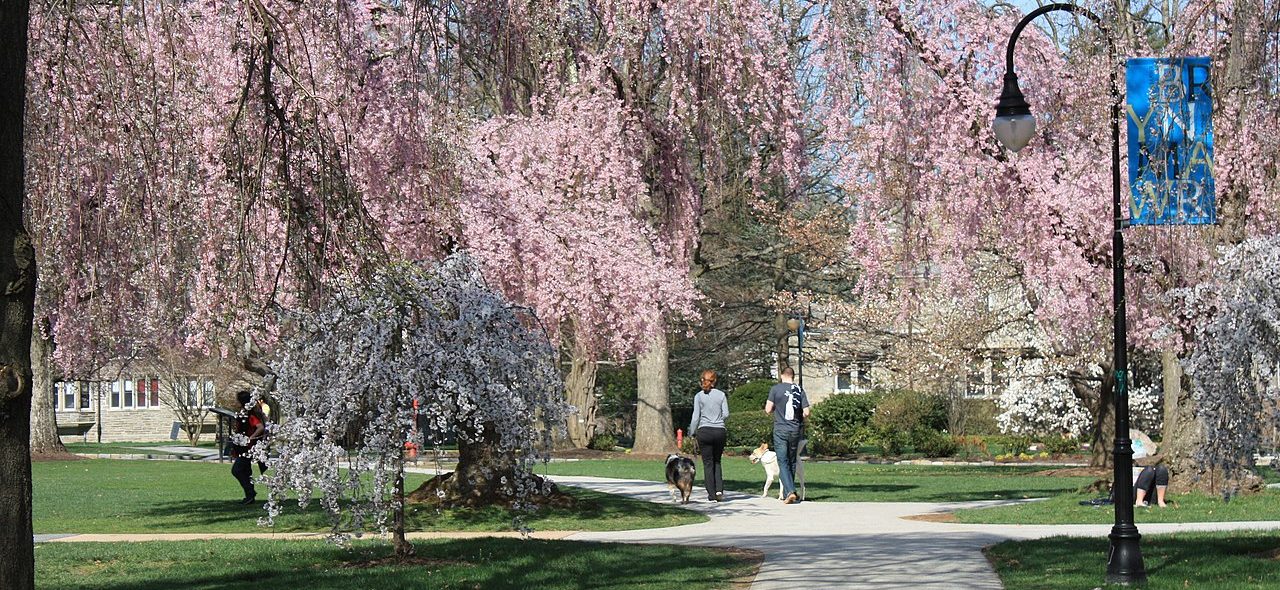
As a scholarship boy I was expected to get a summer job, save lots of money, and apply it to my tuition for the fall semester. Except nobody was hiring.
It was now late in my sophomore year and I scurried over to the Financial Aid office to let them know my summer job prospects were looking grim. The lady there said, “How’d you like to be the college guide?”
I’d had lots of lousy jobs in my time – I’d spent the prior summer making personalized urine strainers at a steamy factory in Roxbury, Massachusetts – but now it seemed as though I’d struck gold. What could be cushier than a summer job as the college guide?
The job involved sitting in a white gazebo – sort of like a tiny summerhouse – on the edge of the college green. That gazebo is still there and I visited it last August, masquerading as an ordinary tourist. I considered telling the young woman manning the place that I’d been the college guide in [never mind when], but then realized that her grandparents hadn’t been born back then.
I also gave three tours of the college a day, one in the morning, one over the lunch hour, and one in the afternoon, seven days a week. The folks who took these tours were mainly prospective students and their parents, but also included random tourists and the occasional homeless person with nothing better to do.
Sitting in the gazebo would have been really boring except that I shared the place with an old fellow named Bud, who was the town historian. So, basically, the gazebo was supposed to be a font of information on both the college and the college town.
Bud may have been an old coot but he was an extremely funny old coot. Roughly fifty times a day some tourist would stop his car in front of our gazebo and holler out the window, “Hey, kid, how do I get to the college?”
Since the gazebo was right in the middle of the college – every direction you looked there was nothing but college – this was a complicated question to answer. Nonetheless, for several weeks I patiently walked out to the tourists’ cars and pointed out that they were already at the college and could I help them find something in particular.
But one day Bud said to me, “What the hell do you think you’re doing? These people are idiots!” So after that whenever somebody would stop their car and ask me where the college was, I would tell them I was new on the job and had no idea.
At first I enjoyed giving the tours. I especially enjoyed perfecting my heartbreaking spiel at the end of each tour when I told the tourists I was a desperately poor scholarship boy barely scraping by. Afterward there wasn’t a dry eye in the house and my tips ended up being higher than my actual pay.
But eventually I complained to Bud that the tours were getting really boring and that I was beginning to sound like a wind-up monotone. Bud suggested that I spice up the tours by telling the folks not what the college wanted me to tell them (propaganda), but more interesting stuff.
Later I realized that what Bud had in mind was that I should stick to the facts but include more interesting facts than the ones the college had in mind. But that would have required actual work on my part – lots of research – so why not just make stuff up?
I quickly learned that the more bizarre the stuff was that I made up the better the tourists liked it, and my tips rose ever higher.
My most elaborate story involved some murals in the basement of the college library. These murals had been painted by a Mexican artist named José Orozco, whose view of white colonialists was, shall we say, negative. Basically, he believed they were all bent on murder and rapine and he painted all this in violent technicolor across 24 panels, each more horrific than the last.
Most people hated these murals – a group of moms wrote to the college president saying, “We would be everlastingly grateful to you if the pictures could be destroyed” – and I considered banning the murals from my tour. But then I had a better idea.
As I headed down into the grim library basement with my tour group I warned them that what they were about to see would ruin their sleep for weeks. I suggested they cover the eyes of small children.
As we walked solemnly past the murals I could hear my tourists gasping and blurting things like, “Oh my God!” and “What the hell?”
Needless to say, the tourists demanded to know how the murals had found their way to the college. “It seems,” I said, “that one year the Mexican government sent a large number of students to the college for the summer term, but then refused to pay the tuition bill.
“Naturally,” I continued, “the college wasn’t going to sit still for this, so they sent their agents down to Mexico City and, in the dark of night, cut the Orozco murals off a Mexican government building and spirited them up to the college.
“The idea,” I told the tourists, “was to hold the murals hostage until the Mexican government paid up. Unfortunately, the Mexicans didn’t want the murals back and so the college has been stuck with them since the 1930s. Not knowing what to do with them – as you can see, they’re terrifically ugly – the college stuck them down here in this dreary basement where nobody ever goes.”
Everybody thought this served the Mexican government right (and my tips went up again), but alas one day an art lover happened to be on the tour and she was outraged by the college’s behavior. When the tour ended she stormed over to the college president’s office – not even bothering to tip me – and demanded that the murals be returned to Mexico immediately.
This led to a somewhat unpleasant conversation between the college president and his college guide, and thereafter the tour went back to being its original boring self.
Next up: How Not to Be the College Guide, Part 2





